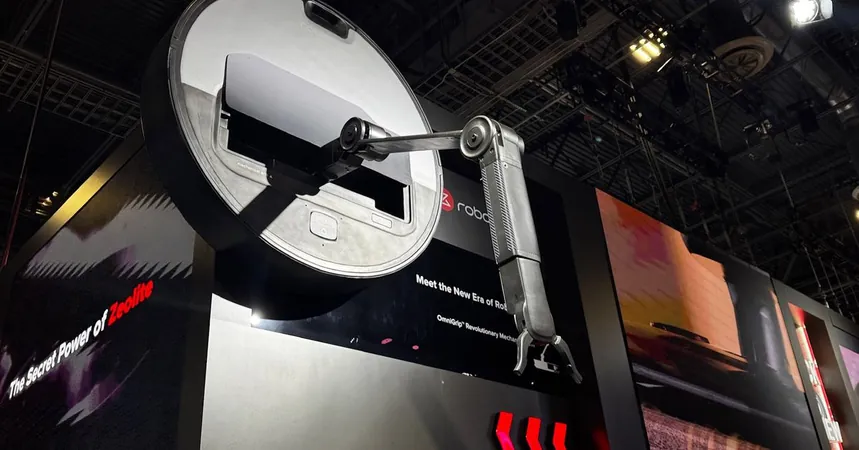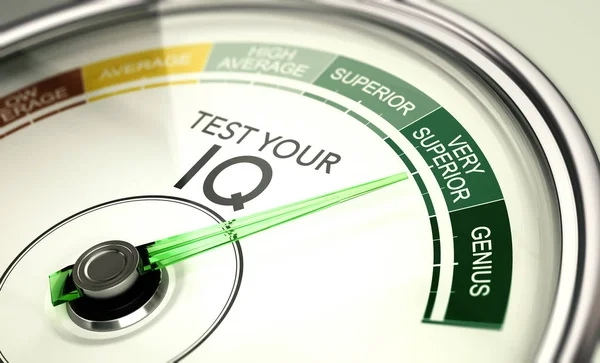
CES Unleashes Game-Changing Innovations in Robot Vacuums – Say Goodbye to Cleaning Hassles!
2025-01-12
Author: Chun
The Rise of Robotic Arms: Cleaning Up After You
For years, the primary focus for flagship robot vacuums has been enhancing obstacle avoidance. With the integration of AI-powered cameras, these vacuums can now adeptly navigate around common household items like socks and toys. However, this has led to a significant oversight: they often miss cleaning the areas where these items sit.
Enter the next-generation robotic arms. Companies such as Roborock and Dreame unveiled models featuring robotic claws designed to move objects out of the way, allowing for a thorough clean like never before. Roborock’s Saros Z70 and Dreame’s concept vacuum both showed off their capabilities, with the promise of customizable placements for cleaned items.
While Roborock’s arm can manage up to 300 grams—perfect for small items like socks—Dreame’s arm could handle up to 500 grams, opening the door to tackling heavier items like sneakers. Dreame's design appears more robust, but the functionality remains largely conceptual until further testing.
Climbing New Heights: Navigating Small Steps With Ease
In addition to robotic arms, vacuums are being designed with leg-like appendages that enable them to navigate small steps and high transitions. While these aren’t true climbing legs, they facilitate movement between different floor types, such as from carpet to tiles, thereby improving versatility in homes with varying flooring.
Dreame’s new Ultra X50, for instance, boasts an impressive 6 cm height transition capability. However, true stair-climbing remains a few years away as manufacturers work on significantly redesigned models.
Mopping Innovations: A New Era in Floor Care
While the robotics grab most headlines, substantial advancements in mopping technology were also highlighted. Companies like Ecovacs and Switchbot have introduced robot vacuums featuring extendable roller mops—a significant upgrade from the spinning mops of the past. These roller mops can cover a wider area, self-clean as they operate, and reach challenging corners more effectively.
Ecovac's Deebot X8 Pro Omni goes one step further by incorporating a hot water tank directly into the vacuum, allowing for continuous cleaning with warm water on-the-go. Another interesting development is Dreame’s mop-swapping station, designed to minimize cross-contamination by utilizing specific mop pads for different rooms.
Revolutionary Navigation: The Shift from Lidar Towers
Traditionally, Lidar technology has been the go-to for navigation in robot vacuums, but a new trend is emerging: retractable Lidar towers. This innovative feature allows vacuums to lower their towers to fit under low furniture, enhancing their reach. The Dreame X50 Ultra and Roborock Saros models exemplify this advancement.
Moreover, enhanced sensors and AI-designed navigation systems are now part of the mix, promising smarter robots that can seamlessly maneuver around various household obstacles. Roborock has introduced the StarSight Autonomous System 2.0, which utilizes dual-transmitter solid-state Lidar alongside AI-powered cameras, allowing vacuums to better navigate more intricate floor plans.
The Future of Cleaning: Less Work for You
The ongoing innovations in robot vacuums aim to eliminate the mundane task of cleaning and reduce the need for human intervention. The quest has always been for a vacuum that can effortlessly clean every corner of your home—without users having to tidy up beforehand or rescue them from furniture. With the advancements seen at CES, it’s clear we are closer than ever to achieving the ultimate cleaning assistant.
Stay tuned as we explore these exciting technologies further and see how they perform in real-world conditions!


 Brasil (PT)
Brasil (PT)
 Canada (EN)
Canada (EN)
 Chile (ES)
Chile (ES)
 Česko (CS)
Česko (CS)
 대한민국 (KO)
대한민국 (KO)
 España (ES)
España (ES)
 France (FR)
France (FR)
 Hong Kong (EN)
Hong Kong (EN)
 Italia (IT)
Italia (IT)
 日本 (JA)
日本 (JA)
 Magyarország (HU)
Magyarország (HU)
 Norge (NO)
Norge (NO)
 Polska (PL)
Polska (PL)
 Schweiz (DE)
Schweiz (DE)
 Singapore (EN)
Singapore (EN)
 Sverige (SV)
Sverige (SV)
 Suomi (FI)
Suomi (FI)
 Türkiye (TR)
Türkiye (TR)
 الإمارات العربية المتحدة (AR)
الإمارات العربية المتحدة (AR)